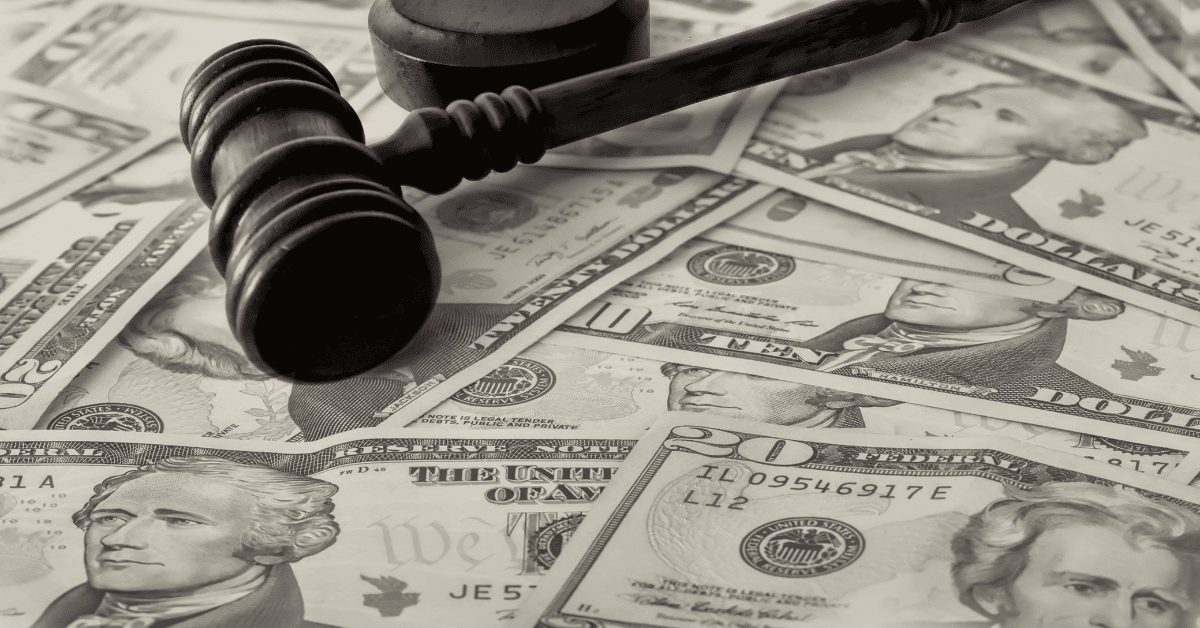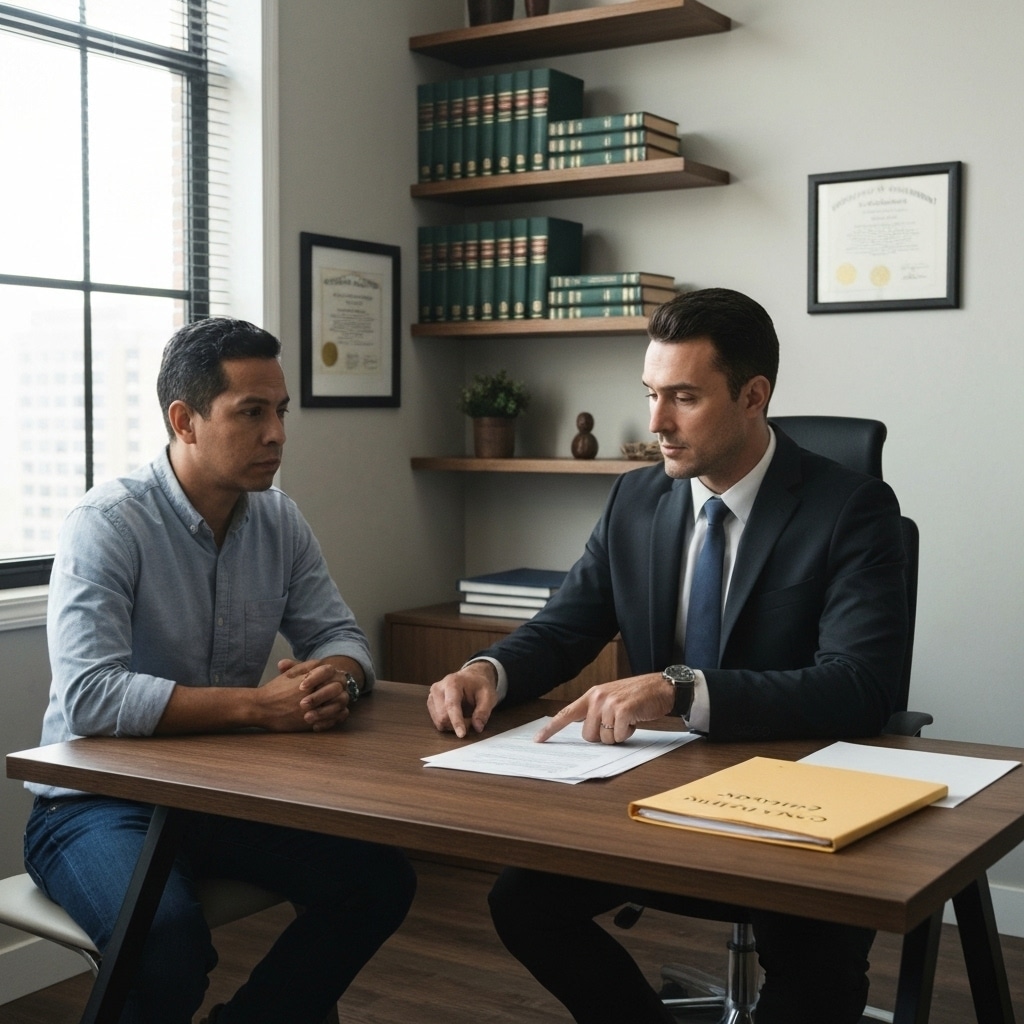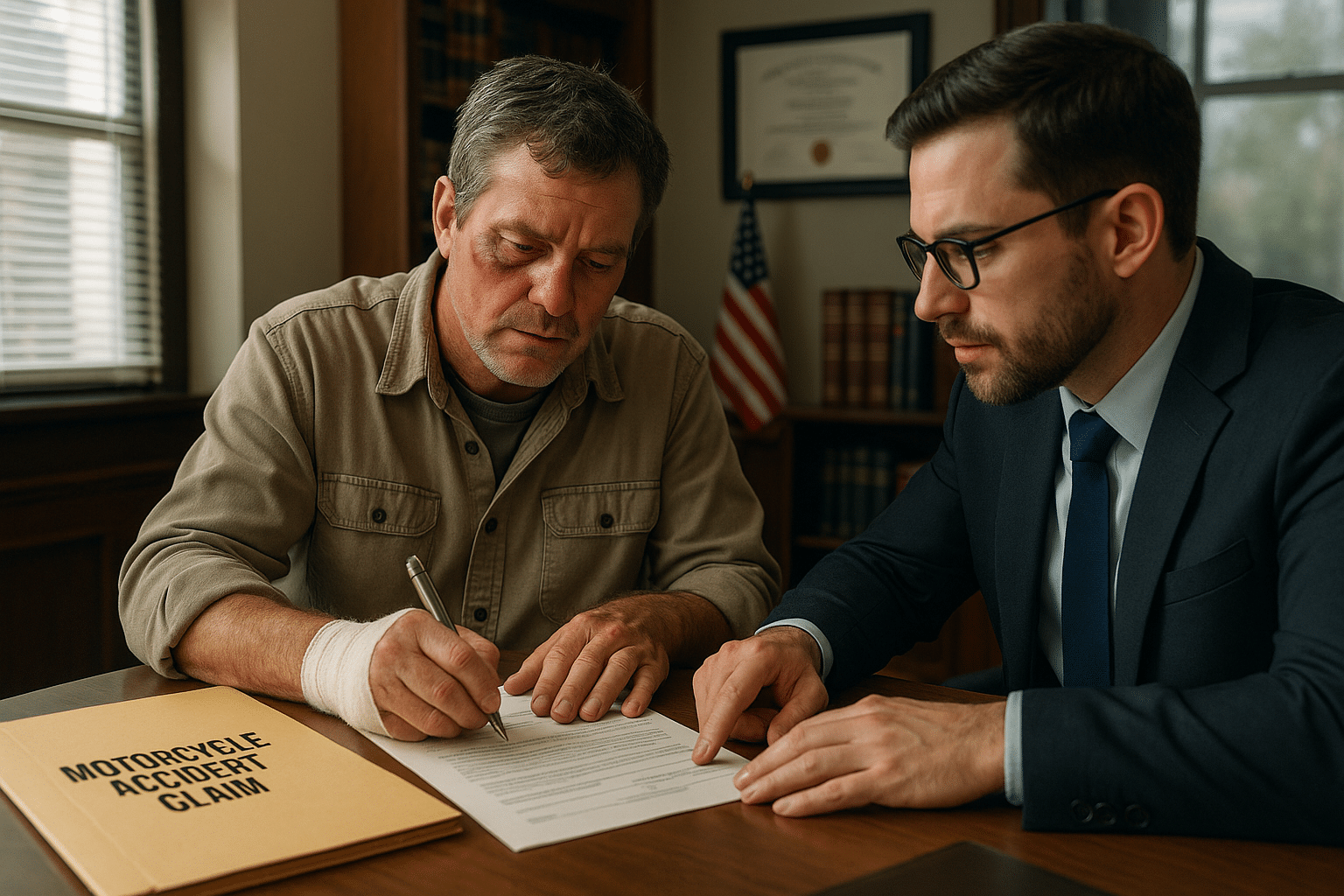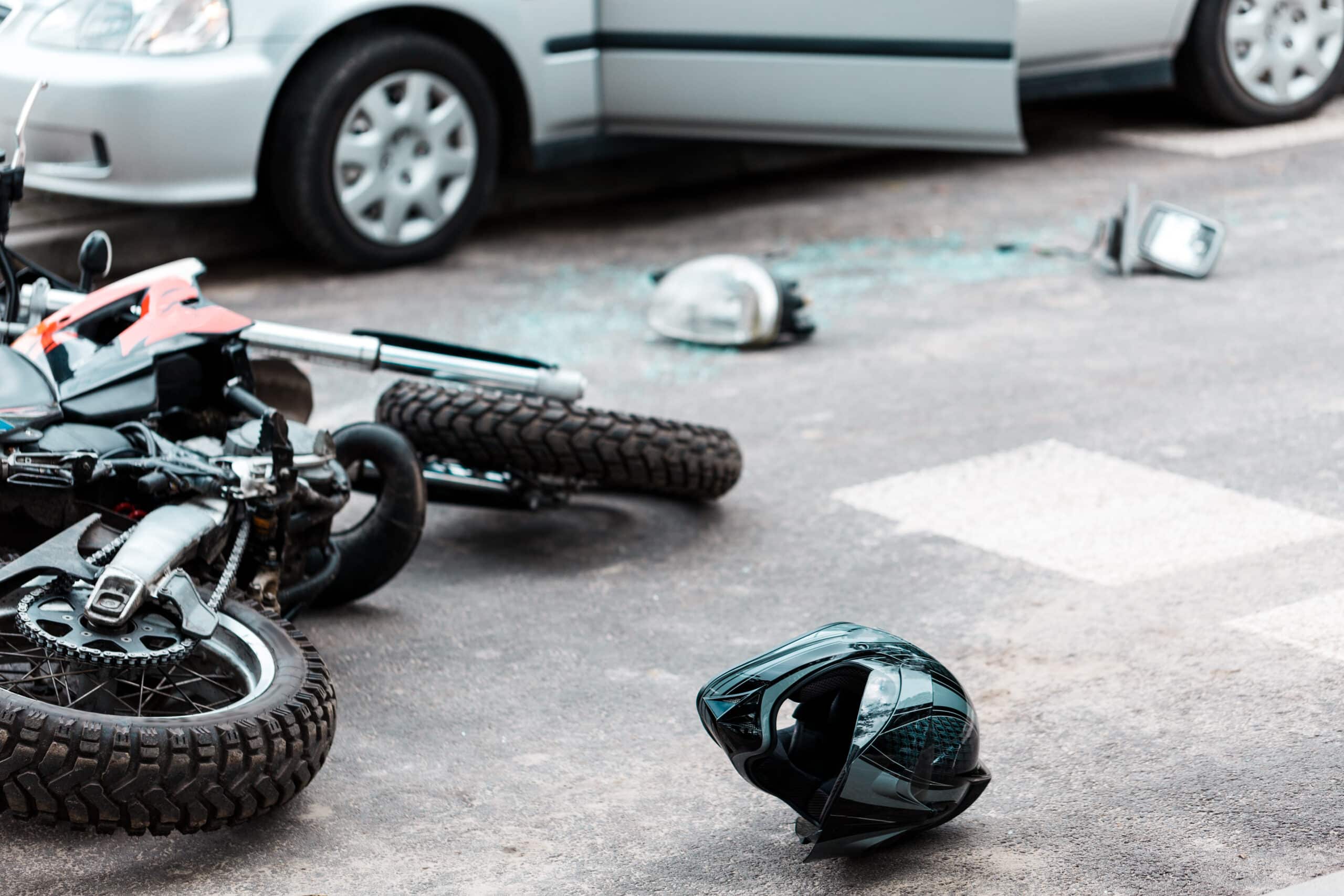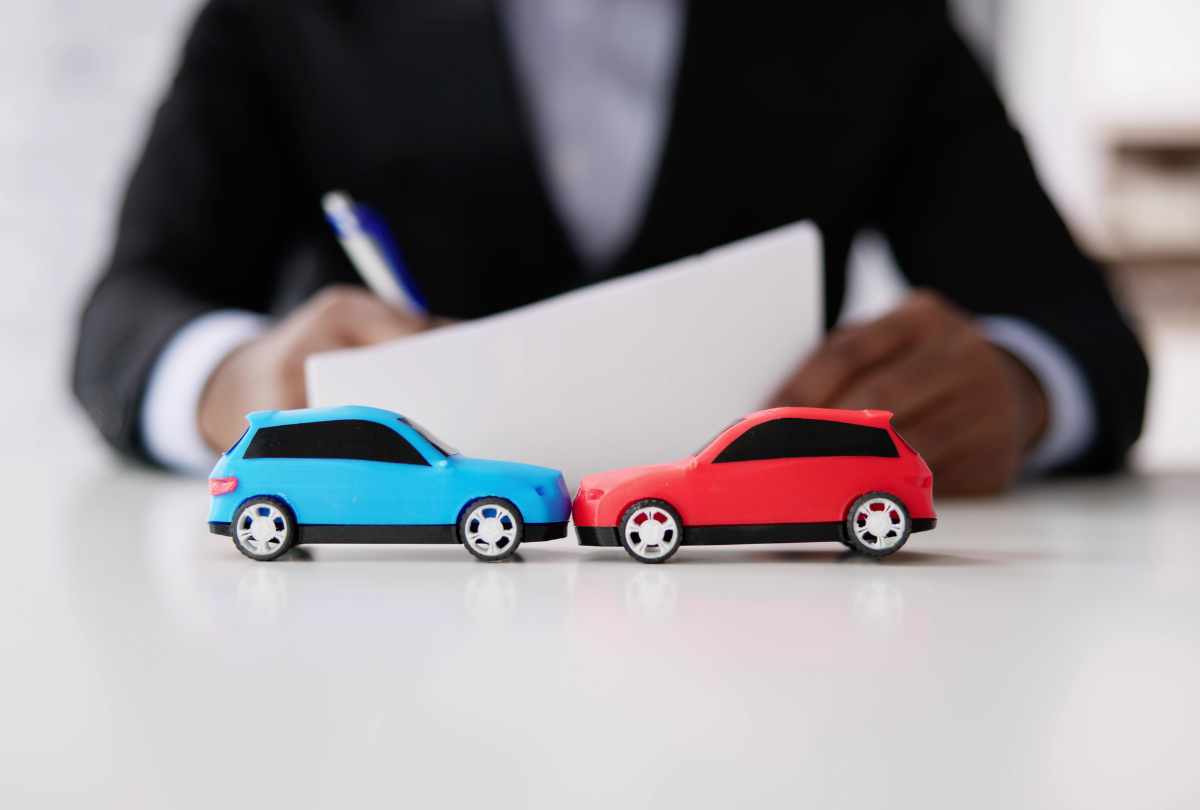The determination of fault is central to any car accident case. The responding law enforcement agency usually makes the initial determination of fault. However, law enforcement officers typically lack in-depth training in accident reconstruction, and insurance adjusters are incentivized to ensure that the insurance company pays out as little as possible.
When it comes to determining fault, it is not always down to the insurance adjuster’s decision. The best chance at resolving a case in your favor is to contact an experienced personal injury attorney who will examine all the evidence and fight for you. If you’ve been injured in a car accident in New York and are uncertain about who is at fault, contact Proner & Proner for a free case evaluation.
Who determines fault in an accident?
The insurance company adjusters may rely on law enforcement’s findings and over evidence especially if they are favorable for the insurance company. If not, the insurance company will likely perform an analysis.
However, insurance companies have a vested interest in the results of their investigations, and this can influence their findings.
If the insurance company determines you were at fault and refuses to pay, this is also not a final ruling. A qualified personal injury lawyer should have the resources to provide a professional forensic analysis of your accident to refute law enforcement and insurance company findings.
The Process of Determining Fault
Accident reconstruction is the process of using forensic analysis to recreate the crash and determine the accident’s cause. Accident reconstruction includes pre-collision, collision, and post-collision analysis.
A professional collision reconstruction expert has the necessary training to qualify as a source of unbiased evidence in a court of law.
Pre-Collision Analysis
During the pre-collision analysis, the accident investigator considers the conditions that existed before the collision began, including:
- The mechanical condition of the vehicles involved
- Tires and components
- The mechanical history of each vehicle
- Recalls
- Road conditions
- Weather conditions leading up to the collision
- The age, health, and condition of each driver
Collision Analysis
Collision analysis is the study of the event sequence that occurred during the crash, beginning with what led to the crash and concluding when both vehicles have come to rest.
Post-Collision Analysis
During the post-collision analysis, investigators analyze the data to determine why the accident occurred. The following evidence is used, as available:
- Skid marks
- Vehicle damage
- The injuries of all parties involved
- Eyewitness statements
- Statements of the drivers involved
- The police report
- Pre-collision evidence
- Video and photographic evidence
- Each car’s black box, if applicable
Experienced investigators can gather a surprising amount of information from even a small amount of evidence, including how fast the vehicles were traveling, what triggered the accident, and what evasive actions motorists took, if any.
Get Advice From An Experienced Personal Injury Lawyer
All You Have To Do Is Call 212-986-3030 To Receive Your Free Case Evaluation.
What if I disagree with a finding of fault?
If the police find you at fault for the accident, you may receive a traffic ticket resulting in a fine. Payment of the fine could be construed as an admission of fault, and an insurance company may use this against you. Instead, you will need to hire an attorney to dispute the finding and the ticket.
Professional forensic analysts have Level 4 training in a 4-tier system. Police training is typically Level 1. Police are often pressured to come up with speedy findings, and their training only allows them to investigate the most basic aspects of the crash. This results in a high level of incorrect findings.
Police generally look for one party to blame for the accident. They likely will not consider whether a defective vehicle component caused or contributed to your accident. They are unlikely to consider additional liable parties.
Therefore, you can and should refute the initial finding of fault if it works against you. Proner & Proner works with the highest-trained forensic analysts in the industry, and we have successfully refuted hundreds of findings of fault.
Can both parties be at fault?
It is not uncommon for both parties to be at fault. However, it is crucial to avoid admitting fault to the police, the insurance company, the other driver and their passengers, or anyone else.
Do not apologize for the accident. An apology could be construed as an implied admission of fault and used against you.
When you are part of an accident, you can’t always determine what occurred. Your own belief about whether you were at fault could be incorrect because you do not have all the facts. A forensic analyst can look at the accident from an outside perspective and provide an objective finding.
Can someone who was not present at the scene be at fault?
Most car accidents are caused by driver error, but our attorneys have represented numerous clients involved in accidents caused or contributed to by a third party. These third parties may include:
- Vehicle owners that authorized the use of their vehicles
- Employers
- Trucking companies
- Vehicle manufacturers
- Vehicle parts manufacturers
- Mechanics
- A government entity
Can I still recover compensation if I am partly at fault?
Whether you can recover compensation for an accident in which you share fault depends on the state where you live. Each state has adopted one of three comparative negligence approaches:
- Contributory negligence
- Pure comparative negligence
- Modified comparative negligence
Contributory Negligence
In contributory negligence states, you cannot recover compensation if you share fault in the accident, even if you are only 1 percent at fault. Only five jurisdictions in the United States have adopted this doctrine:
- Alabama
- Maryland
- North Carolina
- Virginia
- District of Columbia
Pure Comparative Negligence
States that have adopted pure comparative negligence allow at-fault parties to recover compensation as long as they are not 100 percent at fault.
In these states, a party who is 99 percent at fault can still recover compensation. However, your compensation is reduced in proportion to your percentage of fault.
The following states are pure comparative negligence states:
- Alaska
- Arizona
- California
- Florida
- Kentucky
- Louisiana
- Mississippi
- Missouri
- New Mexico
- New York
- Rhode Island
- South Dakota
- Washington
Modified Comparative Negligence
The remaining states are modified comparative negligence states. In these states, you can recover compensation as long as your share of the fault is not equal to or greater than 50 percent.
Some states allow you to recover compensation as long as your share of fault is not 51 percent or higher, and some bar compensation at 50 percent or higher.
Who is at fault for a rear-end collision?
You may have heard that the rear driver is always at fault in rear-end crashes, but this is not automatic. One vehicle may pull out in front of another or stop suddenly, unexpectedly, and unreasonably. No conclusion on fault should be drawn until a professional forensic analysis takes place.
What is no-fault insurance?
No-fault insurance pays the insured party’s damages regardless of fault. The two primary types of no-fault insurance are personal injury protection, known as PIP, and Medpay.
PIP covers a portion of your lost wages and medical expenses. It also covers passengers in your vehicle, pedestrians you hit, and members of your household. In no-fault states, PIP is generally required.
Medpay is an optional form of supplemental no-fault insurance that covers medical expenses only.
No-fault insurance does not provide pain and suffering damages, nor does it pay punitive damages. No-fault states generally allow accident victims to file a claim against the other driver’s liability insurance in limited circumstances after they have exhausted their no-fault insurance coverage.
Is New York a no-fault state?
New York is a no-fault state. New York no-fault insurance covers medical expenses and the following:
- Up to 80 percent of your lost earnings per month for up to 3 years, with a maximum benefit of $2,000 per month
- $25 per day for up to a year for miscellaneous expenses related to the accident
- $2,000 death benefit in addition to $50,000 bodily injury protection
If no-fault insurance falls short of covering your damages or your injuries are catastrophic, New York law allows injured drivers to file a claim against the other driver’s liability insurance, enabling you to recover future lost wages and pain and suffering damages.
New York no-fault insurance does not cover motorcycles. If you are in a motorcycle accident in New York, you can file a claim directly with the at-fault driver’s liability insurance policy.
What other states are no-fault states?
In addition to New York, the following are no-fault states:
- Florida
- Hawaii
- Kentucky
- Kansas
- Massachusetts
- Michigan
- Minnesota
- New Jersey
- North Dakota
- Pennsylvania
- Utah
- Puerto Rico
States without no-fault policies are known as tort states. The following tort states require PIP insurance in addition to liability insurance:
- Arkansas
- Delaware
- Maryland
- Oregon
What should I do after a car accident to protect my personal injury case?
The most important measure you can take after a car accident is to avoid making statements to anyone about the accident and contact a car accident attorney immediately.
A personal injury attorney can represent you in communications about your crash to ensure you don’t accidentally impute fault to yourself.
- Do not admit fault.
- Do not accept fault.
- Collect evidence such as photos, video footage, and eyewitness information.
- Avoid discussing your accident on social media.
- Avoid appearing in public on your good days.
- Contact a car accident lawyer without delay.
- Refer insurance company calls to your attorney without comment.
Keep in mind that an insurance company facing a hefty settlement may monitor your social media accounts and your day-to-day activities in hopes of finding evidence against you.
Assume your insurance company is reading everything you post on social media, and if you leave your house, assume the insurance company is watching.
Get Your Free, No-Obligation Consultation
At Proner & Proner, our car accident attorneys provide compassionate, fearless representation on behalf of car accident victims injured because of someone else’s negligence. We accept car accident cases in the following areas:
- Manhattan
- Queens
- Brooklyn
- The Bronx
- The State of New York
- Connecticut
Don’t assume you are at fault without speaking to an experienced car accident attorney. Contact Proner & Proner today for a free consultation.

